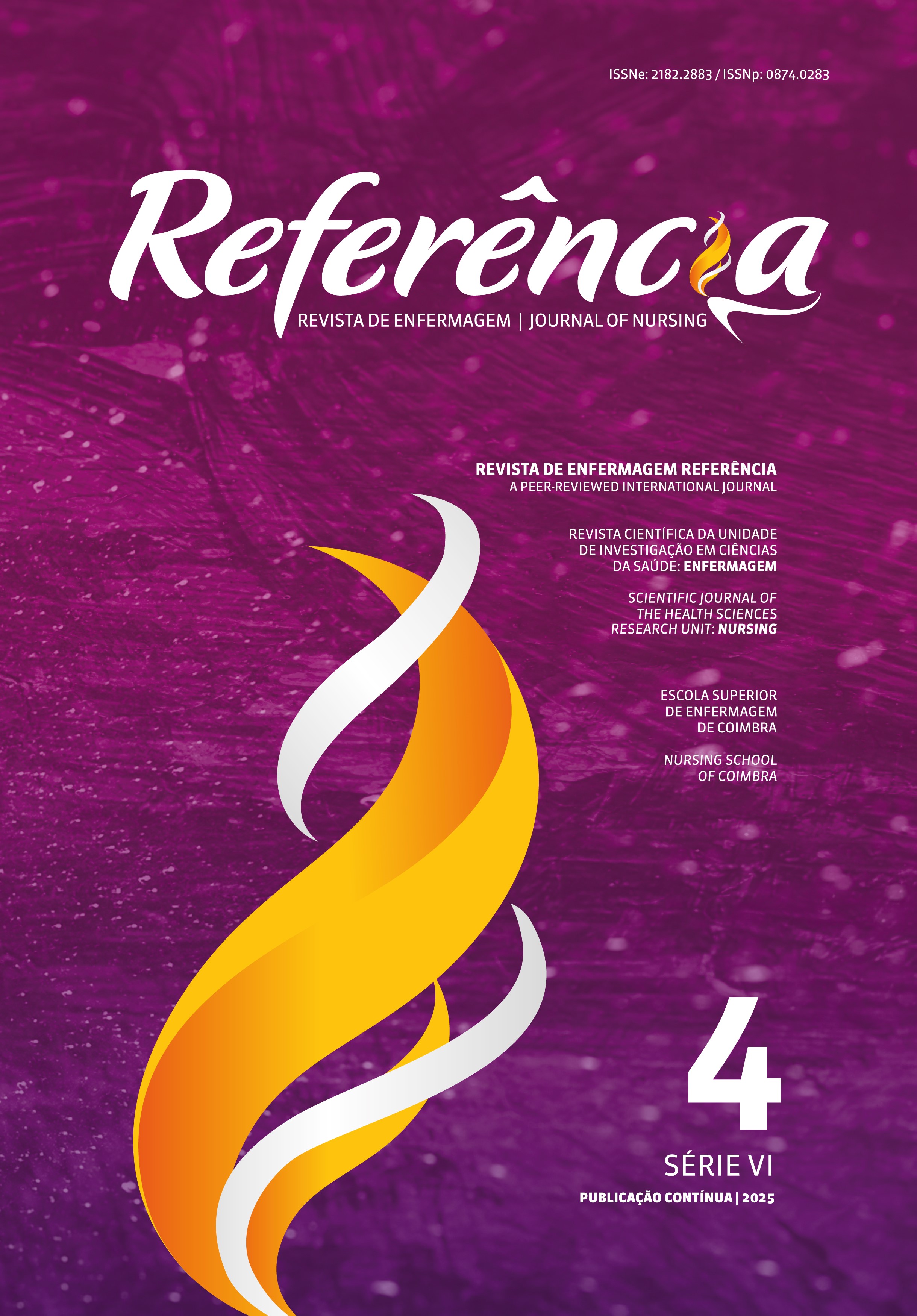Validation of hospital effectiveness indicators in the patient-centered care dimension
DOI:
https://doi.org/10.12707/RIV19098Keywords:
patient-centered care, delivery of health care, healthcare quality indicators, hospitals, nursing careAbstract
Background: Indicators of effectiveness in the dimension of patient-centered care.
Objective: To validate indicators for determining attributes that make it possible to measure the effectiveness of hospital care in the dimension of patient-centered care.
Methodology: Quantitative survey type study, carried out in 2017 to judge eight indicators, considering 11 attributes, by 52 specialists, using the Delphi technique and the electronic Survey Monkey® platform. The internal consistency was tested by Cronbach’s Alpha 0,98. A valid indicator was considered when there was a minimum consensus of 70% between the responses of the participants, in all attributes.
Results: Four indicators were validated: patient satisfaction; surgeries canceled on the scheduled day; hospital recommendation; and the patient’s involvement in their own care, with high internal consistency (0.98).
Conclusion: The validated indicators favor the evaluation of the effectiveness of hospital care oriented to the valorization of the person as a care center. Non-validated indicators are the subject of future studies.
Downloads
References
Aued, G. K., Bernardino, E., Lapierre, J., & Dallaire, C. (2019). Liaison nurse activities at hospital discharge: A strategy for continuity of care. Revista Latino-Americana de Enfermagem, 27(e3162), 1-8. doi:10.1590/1518-8345.3069.3162
Avella, J. R. (2016). Delphi panels: Research design, procedures, advantages, and challenges. International Journal of Doctoral Studies, 11, 305-321. doi:10.28945/3561
Cleary, P. D. (2016). Evolving concepts of patient-centered care and the assessment of patient care experiences: Optimism and opposition. Journal of Health Politics, Policy and Law, 41(4), 675-696. doi:10.1215/03616878-3620881
Delaney, L. J. (2018). Patient-centred care as an approach to improving health care in Australia. Collegian, 25(1), 119–123. doi:10.1016/j.colegn.2017.02.005
DeRosa, A. P., Nelson, B. B., Delgado, D., Mages, K. C., Martin, L., & Stribling, J. C. (2019). Involvement of information professionals in patient- and family-centered care initiatives: A scoping review. Journal of the Medical Library Association, 107(3), 314-322. doi:10.5195/jmla.2019.652
Etingen, B., Miskevics, S., & Lavela, S. L. (2016). Assessing the associations of patient-reported perceptions of patient-centered care as supplemental measures of health care quality in VA. Journal of General Internal Medicine, 31 (Sup. 1), S10-20. doi:10.1007/s11606-015-3557-2
Ewing, G., Austin, L., Diffin, J., & Grande, G. (2015). Developing a person-centred approach to carer assessment and support. British Journal of Community Nursing, 20(12), 580–584. doi:10.12968/bjcn.2015.20.12.580
Galhardi, N. M., & Escobar, E. M. (2015). Indicators of quality of nursing care. Revista de Ciências Médicas, 24(2), 75-83. doi:10.24220/2318-0897v24n2a2639
Gandhi, T. K., Kaplan, G. S., Leape, L., Berwick, D. M., Edgman-Levitan, S., Edmondson, A., & Wachter, R. (2018). Transforming concepts in patient safety: A progress report. BMJ Quality & Safety, 27, 1019-1026. doi:10.1136/bmjqs-2017-007756
Grocott, A., & McSherry, W. (2018). The patient experience: Informing practice through identification of meaningful communication from the patient’s perspective. Healthcare, 6(26), 1-14. doi:10.3390/healthcare6010026
Herrin, J., Harris, K. G., Kenward, K., Hines, S., Joshi, M. S., & Frosch, D. L. (2016). Patient and family engagement: A survey of US hospital practices. BMJ Quality & Safety, 25(3), 1-8. doi:10.1136 / bmjqs-2015-004006
Kruk, M. E., Gage, A. D., Arsenault, C., Jordan, K., Leslie, H. H., Roder-DeWan, S., & Pate, M. (2018). High-quality health systems in the sustainable development goals era: Time for a revolution. Lancet Global Health, 11(6), 1196–1252. doi:10.1016/s2214-109x(18)30386-3
Larson, E., Sharma, J., Bohren, A. U., & Tunçalp, Ö. (2019). When the patient is the expert: Measuring patient experience and satisfaction with care. Bulletin of the World Health Organization, 97(8), 563–69. doi:10.2471/BLT.18.225201
Liu, W., Gerdtz, M., & Manias, E. (2016). Creating opportunities for interdisciplinary collaboration and patient-centred care: How nurses, doctors, pharmacists and patients use communication strategies when managing medications in an acute hospital setting. Journal of Clinical Nursing, 25(19-20), 2943-2957. doi:10.1111/jocn.13360
Mahdavi, M., Vissers, J., Elkhuizen, S., van Dijk, M., Vanhala, A., Karampli, & Evan de Klundert, J. (2018). The relationship between context, structure, and processes with outcomes of 6 regional diabetes networks in Europe. PLoS One,13(2), e0192599. doi:10.1371/journal.pone.0192599
Pereira, S. K., Santana, R. F., Morais, V. S., Soares, T. S., & Silva, D. M. (2016). Planejamento da alta hospitalar no pós-operatório de idosos: Estudo de casos múltiplos. Revista Cuidado Fundamental, 8(4), 4949-4955. doi:10.9789/2175-5361.2016.v8i4.4949-4955
Seiffert, L. S. (2019). Indicadores para avaliação da efetividade assistencial de hospitais (Tese de doutoramento). Universidade Federal do Paraná, Brasil.
Silveira, T. V., Prado Junior, P. P., Siman, A. G., & Amaro, M. O. (2015). The importance of using quality indicators in nursing care. Revista Gaúcha de Enfermagem, 36(2), 82-88. doi:10.1590/1983-1447.2015.02.47702
Talalwah, N. A., & McIltrot, K. H. (2019). Cancellation of surgeries: Integrative review. Journal of Peri Anesthesia Nursing, 34(1), 86-96. doi:10.1016/j.jopan.2017.09.012
Weber, L. A., Silva Lima, M. A., Acosta, A. M., & Marques, G. Q. (2017). Transição do cuidado do hospital para o domicílio: Revisão integrativa. Cogitare Enfermagem, 22(3), e47615. doi:10.5380/ce.v22i3.47615






















